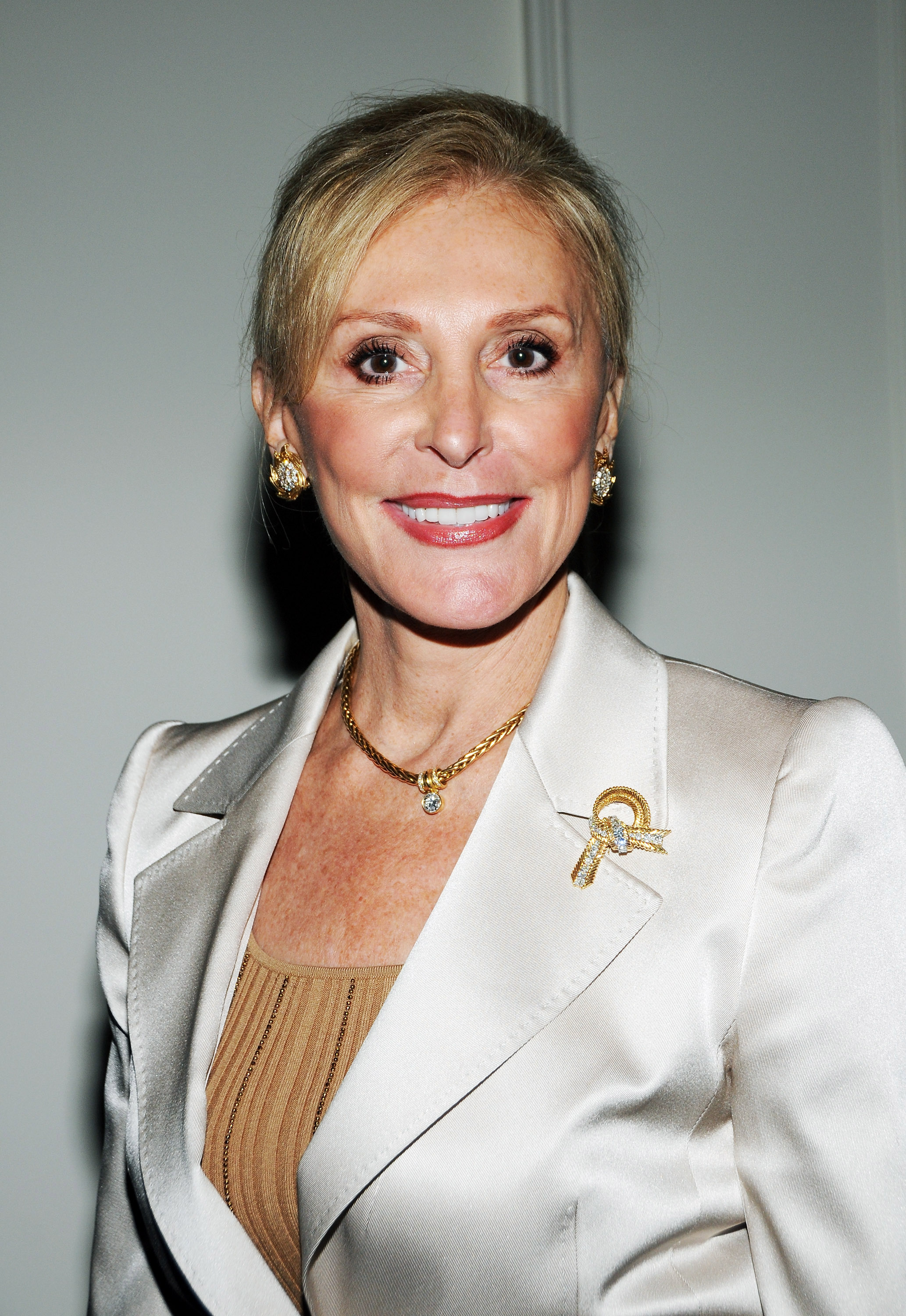
It’s been said multiple times, by multiple people: Gender diversity on boards is highly correlated with stronger company financial performance. We can see that boards with a more balanced gender representation have an improved shareholder value, good corporate governance, better decision-making and a more positive corporate image. Yet at this moment in time, fewer than 20% of the approximately 5,000 S&P board seats are currently held by women.
That’s why, as the chair of the Corporate Board Initiative of the Women’s Forum of New York, I proposed a goal earlier this year to reach gender parity on S&P 500 Boards by 2025. If about half of the average number of board openings each year were filled with qualified women, added to the nearly 1,000 seats women already hold today, we will meet this goal with ease. Here are four ways to achieve it.
1. Look to the CEO and board chair sponsors. Much like getting into a country club or professional association, sponsors are the way “in” to a boardroom seat. PricewaterhouseCoopers 2012 Corporate Directors Survey found that about 90% of new board directors came from other board members’ recommendations. We need CEO and top executives to bring more women into the fold of this boardroom network.
2. Make executives get it, not just hear it. An “if it ain’t broke don’t fix it” mentality can be a time-saver for a busy executive. While it might save a few days or weeks, opting to stay within the “norm” can affect a bottom line. Directors need to address gender disparity in the boardroom as a business imperative, and we need to present it as such. Making executives understand that “groupthinking” can negatively impact a board’s decision-making process and its stock is needed to motivate decision-makers into action.
3. Celebrate the boardroom game changers. Many companies have already committed to championing this effort and are well on their way to a 50/50 gender presence on their boards. Acknowledging visionaries who are leading this charge is a must. In 2015, only 27 out of the Fortune 1,000 have at least 40% female board representation. The remaining more than 970 companies must recognize that it’s not “nice to do” or a “one and done” mentality; that is not enough. What better way to do that than by highlighting their competitors who do get it?
4. Be the change we want. Ambition without purpose is meaningless. And a purpose that is not grounded in pursuit of a greater good or just one’s self, makes for a very small package. It’s simply not enough to do great work. Women need to take a nod from the trailblazing women who are already paving this road for us. Pat yourself on the back in a very visible and confident way. If you’re already running a division, function or government agency, ask yourself, “So what’s next?” Stand up and make it known that you want to be CEO or a board member. Go for that executive position. Value your ambition. Acknowledge yourself as a leader and use that power to do good in this world.
Through observing the many highly successful women I’ve been fortunate to know, I’ve learned to use my voice and what power I have to help accelerate the pace of change for women in boardrooms and the c-suite. This is what led me to leave the corporate world, publish articles and books, and through executive search, place more women in higher-level positions. (I place men as well; it’s a 50/50 split, as it should be.) My career was not the result of a master plan, but it was one of building a master network of meaningful connections over many years.
I applaud the many CEOs, board chairs, and nominating and governance chairs who are working to create a greater balance in their boardrooms by tapping the rich pipeline of highly qualified women. These are the boardroom game changers. We just need more.
More Must-Reads From TIME
- Dua Lipa Manifested All of This
- Exclusive: Google Workers Revolt Over $1.2 Billion Contract With Israel
- Stop Looking for Your Forever Home
- The Sympathizer Counters 50 Years of Hollywood Vietnam War Narratives
- The Bliss of Seeing the Eclipse From Cleveland
- Hormonal Birth Control Doesn’t Deserve Its Bad Reputation
- The Best TV Shows to Watch on Peacock
- Want Weekly Recs on What to Watch, Read, and More? Sign Up for Worth Your Time
Contact us at letters@time.com